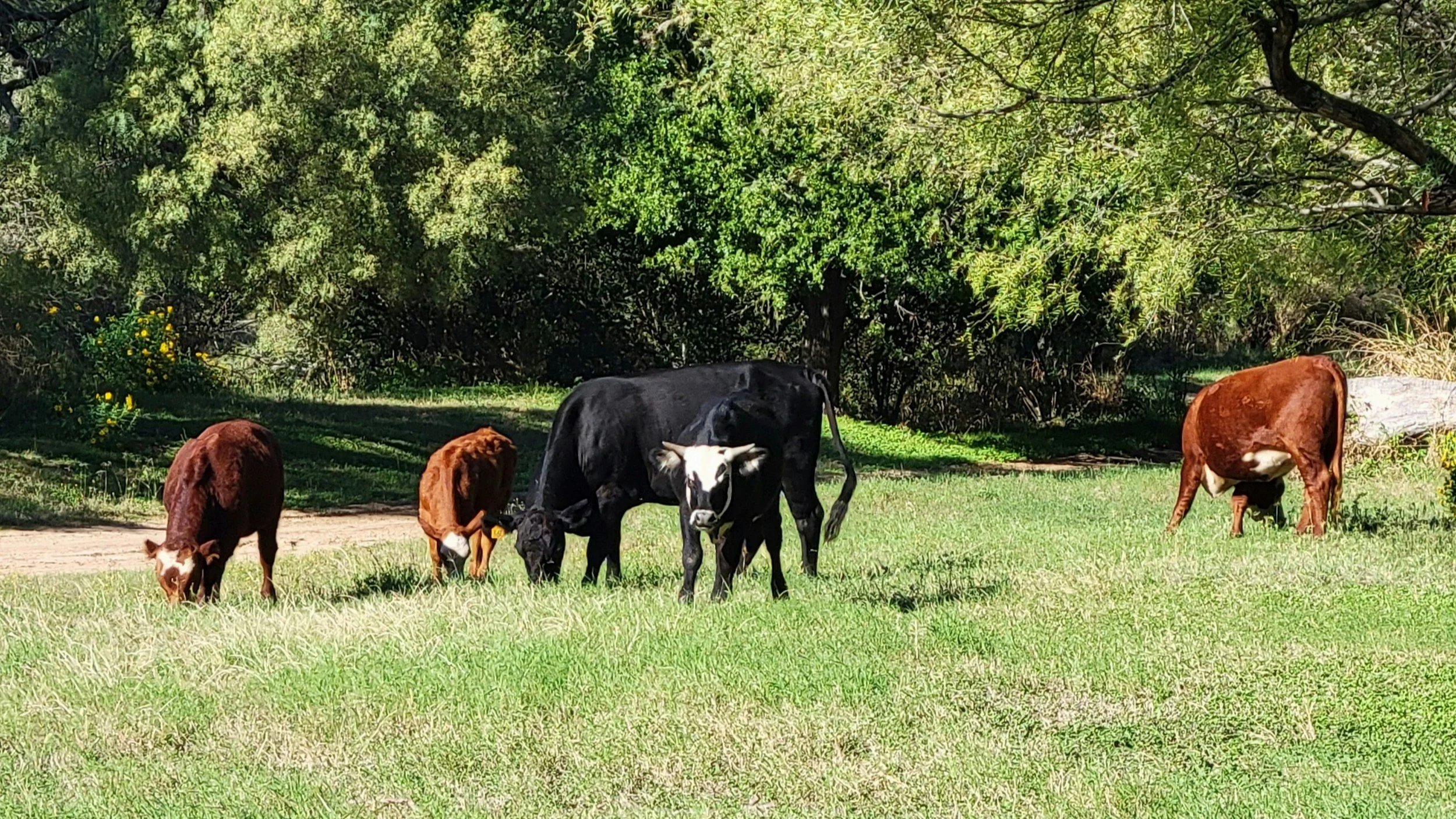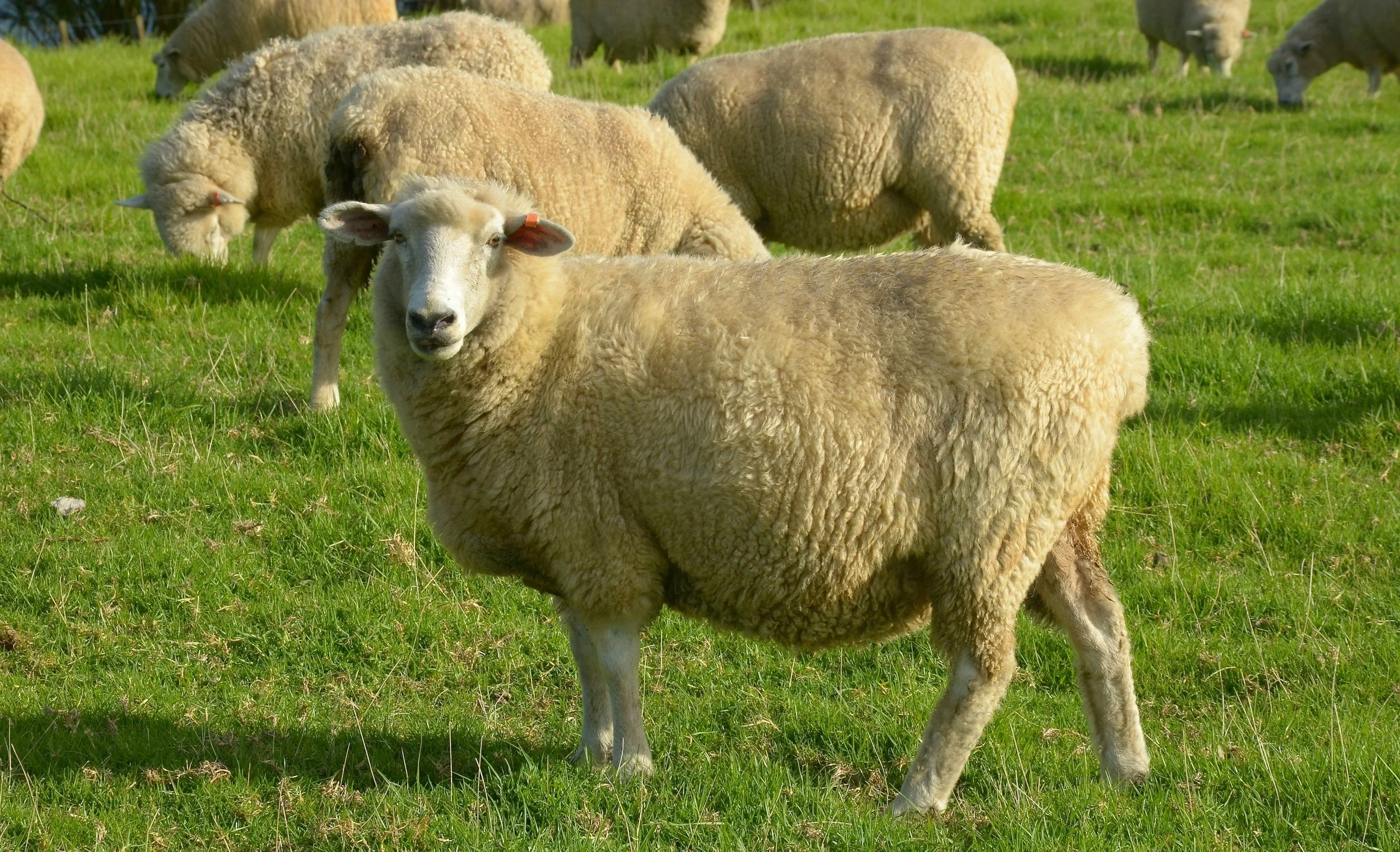Rotational Grazing vs Set Stocking – Which System Increases Animal Health, Pasture Growth and Profitability?
Pasture Management
How you graze your paddocks has a massive impact on pasture productivity, animal performance, and farm profitability.
When it comes to pasture management, how you graze your paddocks has a massive impact on pasture productivity, animal performance, and farm profitability. Two widely used systems in New Zealand farming are Rotational Grazing and Set Stocking—each with its own advantages and trade-offs.
So which grazing strategy is better for your farm and ROI?
Set Stocking:
Set stocking means keeping animals in the same paddock for extended periods—sometimes for weeks or even months. It’s a traditional, low-input grazing method that’s simple to manage, especially during sensitive periods like lambing or calving.
✅ Pros:
Lower labour demand
Minimal infrastructure required
Reduces stock movement stress (ideal during lambing/calving)
❌ Cons:
Overgrazing and undergrazing in parts of the paddock
Poor pasture utilisation and regrowth
Reduced pasture quality over time
Can increase weed pressure and parasite build-up
Rotational Grazing:
Rotational grazing involves shifting stock regularly between paddocks, allowing grazed areas time to rest and regrow. Ideally, pastures are grazed at the optimal stage of growth—around the 2.5–3 leaf stage for ryegrass. For more on this see Leaf Phase Pasture Management HERE
✅ Pros:
· Boosts pasture growth and dry matter production
· Improves feed quality and utilisation
· Enhances soil health and root structure
· Can help break parasite life cycles
· Helps increase carrying capacity over time
❌ Cons:
· More planning and management required
· Greater need for fencing and water infrastructure
· Labour-intensive (though automation options exist)
🌱 Pasture Productivity: The Big Win for Rotational Grazing
Research and on-farm results show that rotational grazing can significantly increase pasture growth and utilisation. By allowing paddocks to recover fully between grazings, the pasture remains denser, more productive, and more resilient—especially during dry spells.
In contrast, set stocked paddocks often suffer from uneven grazing, overgrazing of regrowth, and lower overall dry matter yields.
🐑 Animal Performance: Feed Quality and Parasite Control
Animal performance isn’t just about pasture quality—it’s also about animal health, particularly in young stock like lambs.
In rotational grazing systems, lambs and ewes have more consistent access to high-quality feed, and crucially, lower exposure to internal parasites. By rotating paddocks and allowing rest periods of 30+ days, worm larvae present in dung are more likely to die off before animals return.
✅ Key Benefits of Reduced Parasite Pressure:
Improved lamb liveweight gains
Reduced reliance on drenching
Lower risk of drench resistance
Healthier stock and better conversion of pasture into production
In contrast, set stocking increases the likelihood of parasite reinfection, as animals continuously graze areas contaminated with their own dung. This leads to heavier worm burdens, especially in lambs, which can negatively impact growth rates and animal wellbeing.
For sheep and lamb producers, rotational grazing is a proven tool for managing internal parasites while improving overall performance and profitability.
✅ Which Grazing System Should You Use?
Choosing the right system depends on:
Farm goals (production vs labour-saving)
Farm topography (hill country vs flat land)
Stock class and breeding cycles
Labour availability and infrastructure
Seasonal conditions and pasture growth
🔄 A Hybrid Approach: The Best of Both Worlds?
Many successful farmers blend both systems. For example:
Set stocking ewes during lambing to reduce stress
Switch to rotational grazing post-lambing to speed pasture recovery and reduce worm pressure
This flexible approach allows you to match grazing intensity and rest periods with the needs of your pasture and livestock throughout the year.
💡 Final Thoughts: Matching Grazing to Your System
Both systems have their place. While rotational grazing offers greater long-term pasture performance, set stocking provides simplicity and stability during critical stock periods.
The most profitable and resilient farms tend to adapt grazing strategies based on seasonal needs, pasture conditions, and animal health goals—not just tradition.


